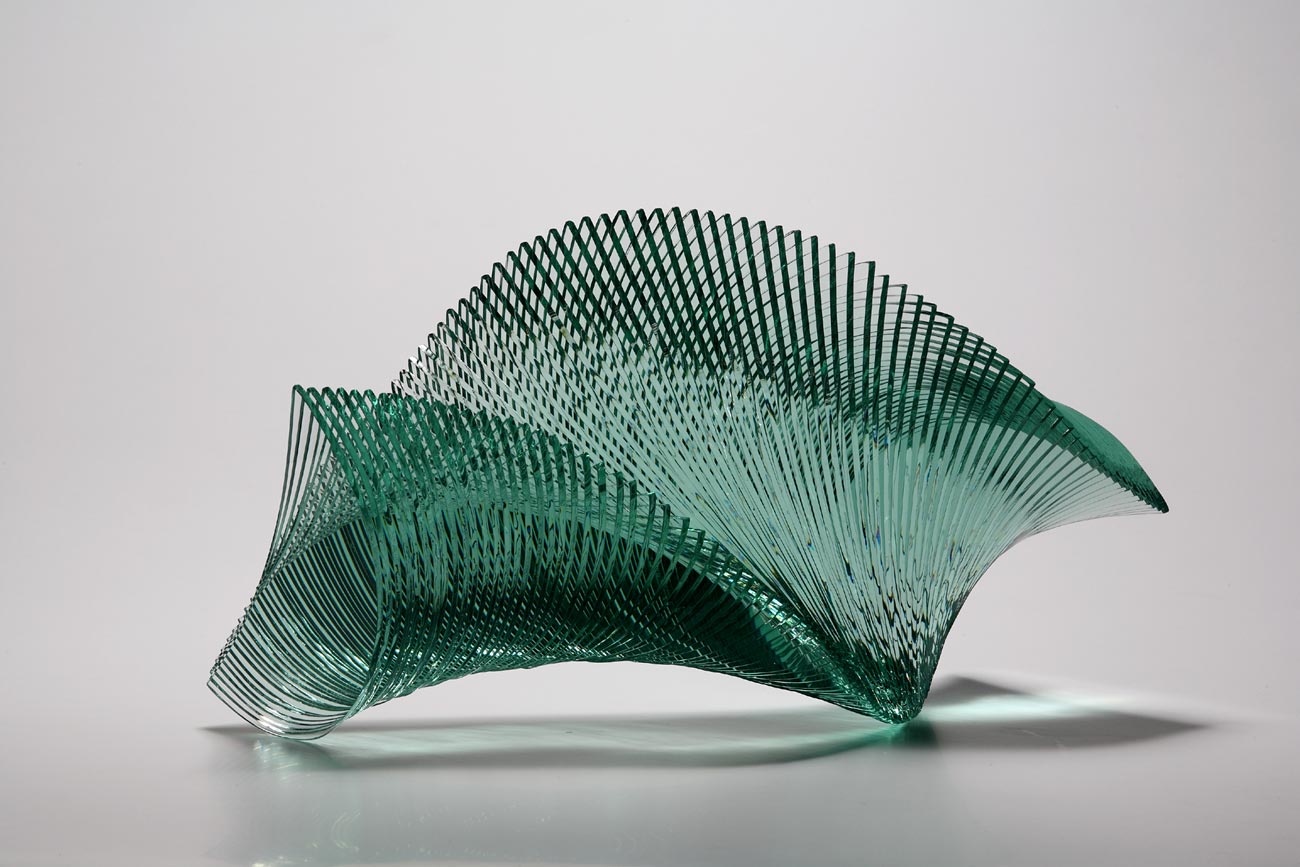

The Aesthetics and Functions of Gray Tinted Glass
Gray tinted glass is a remarkable architectural element that has gained popularity in modern design. This unique material not only enhances the visual appeal of structures but also offers a variety of functional benefits. Its ability to balance aesthetics and utility makes it an intriguing choice for both commercial and residential applications.
From an aesthetic perspective, gray tinted glass provides a sleek, sophisticated look that complements a wide array of architectural styles. Its subtle hue allows buildings to maintain an elegant appearance without being too overwhelming. The neutrality of gray creates a versatile canvas that can harmonize with both vibrant and muted surroundings. Be it a contemporary skyscraper or a traditional home, this glass can add a layer of sophistication while seamlessly integrating with the overall design.
In addition to its beauty, gray tinted glass serves important functional purposes. One of its primary advantages is its capacity to regulate heat and light. The tint reduces the amount of solar radiation that enters a building, thereby minimizing glare and keeping indoor temperatures more stable. This can lead to significant energy savings, as less reliance on air conditioning and artificial lighting is required. By promoting energy efficiency, gray tinted glass contributes not only to the comfort of the occupants but also to the sustainability of the environment.

Furthermore, gray tinted glass enhances privacy without sacrificing natural light. Its reflective properties allow individuals to enjoy their views without being easily seen from the outside. This feature is particularly valuable for residential properties and offices alike, where privacy is a priority. The use of gray tinted glass can create serene and tranquil spaces while maintaining a connection with the outdoors.
Moreover, gray tinted glass is durable and easy to maintain, adding to its popularity in construction. Unlike some other materials that may fade or wear over time, tinted glass is designed to withstand harsh weather conditions without compromising its appearance. Its resistance to scratches and stains means that it requires minimal maintenance, making it a practical choice for busy environments.
Incorporating gray tinted glass into architectural designs opens up a myriad of possibilities. It can be used in windows, facades, skylights, and even interior partitions. As architects and designers continue to push boundaries, gray tinted glass will play an increasingly pivotal role in creating innovative spaces that are not only visually appealing but also functional and sustainable.
In conclusion, gray tinted glass stands out as a remarkable material that marries aesthetic elegance with practical functionality. Its ability to enhance the visual appeal of structures while providing benefits such as energy efficiency, privacy, and durability makes it a favored choice in modern architecture. As we move forward, the versatility and advantages of gray tinted glass will undoubtedly inspire future designs and architectural innovations.